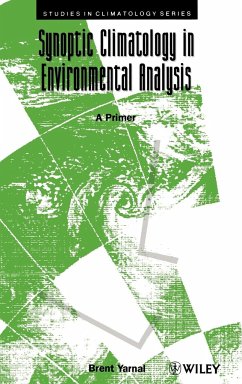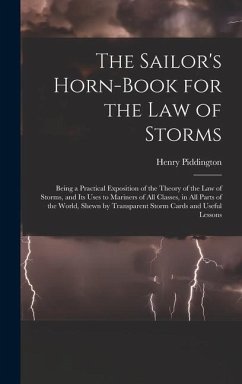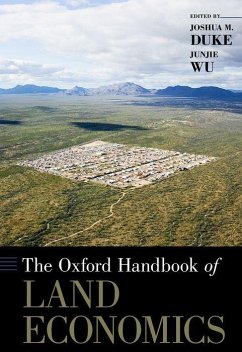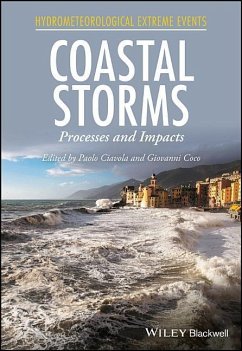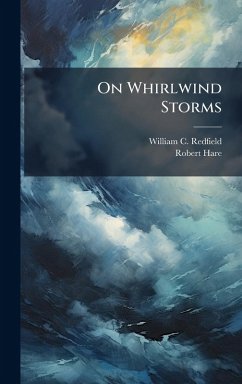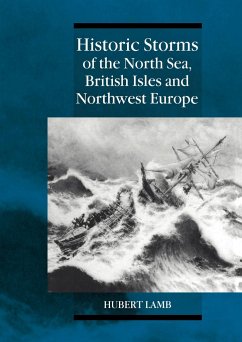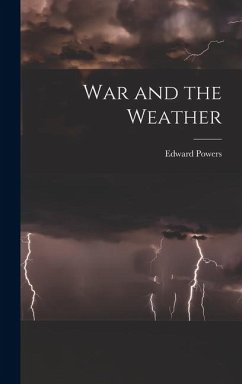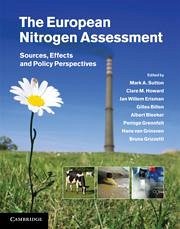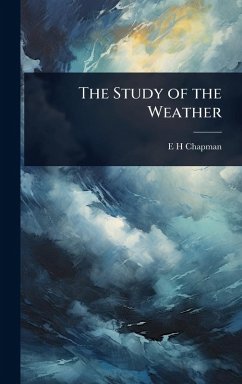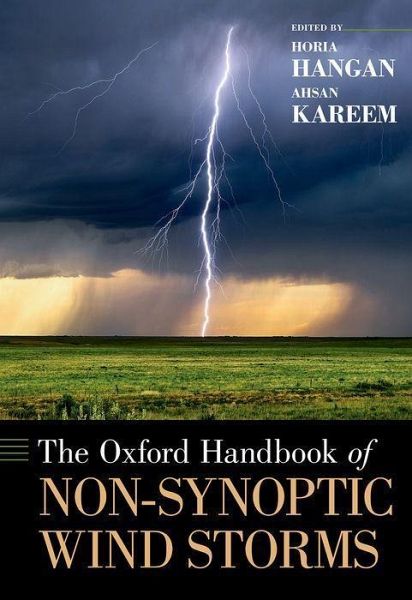
The Oxford Handbook of Non-Synoptic Wind Storms
Versandkostenfrei!
Versandfertig in über 4 Wochen
201,99 €
inkl. MwSt.

PAYBACK Punkte
101 °P sammeln!
Worldwide, much of the damage due to wind is caused by non-synoptic, local wind storm events, such as tornadoes and downbursts. The need is clear to better understand non-synoptic local winds; properly simulate them; assess the difference in loading between these events and synoptic large-scale winds; determine their statistics and associated risks; and apply this through guidelines, codes, risk mitigation, and adaptation responses to socioeconomic impact. This Handbook features a cohesive collection of 25 articles, contributed by leading scientists, scholars, and engineers. Together, they pro...
Worldwide, much of the damage due to wind is caused by non-synoptic, local wind storm events, such as tornadoes and downbursts. The need is clear to better understand non-synoptic local winds; properly simulate them; assess the difference in loading between these events and synoptic large-scale winds; determine their statistics and associated risks; and apply this through guidelines, codes, risk mitigation, and adaptation responses to socioeconomic impact. This Handbook features a cohesive collection of 25 articles, contributed by leading scientists, scholars, and engineers. Together, they provide clear definitions of the problems to be tackled, identify the best-suited tools and methodologies to address them, suggest ways to maximize collaborative planning, and offer a strategic framework for forward-looking research.



